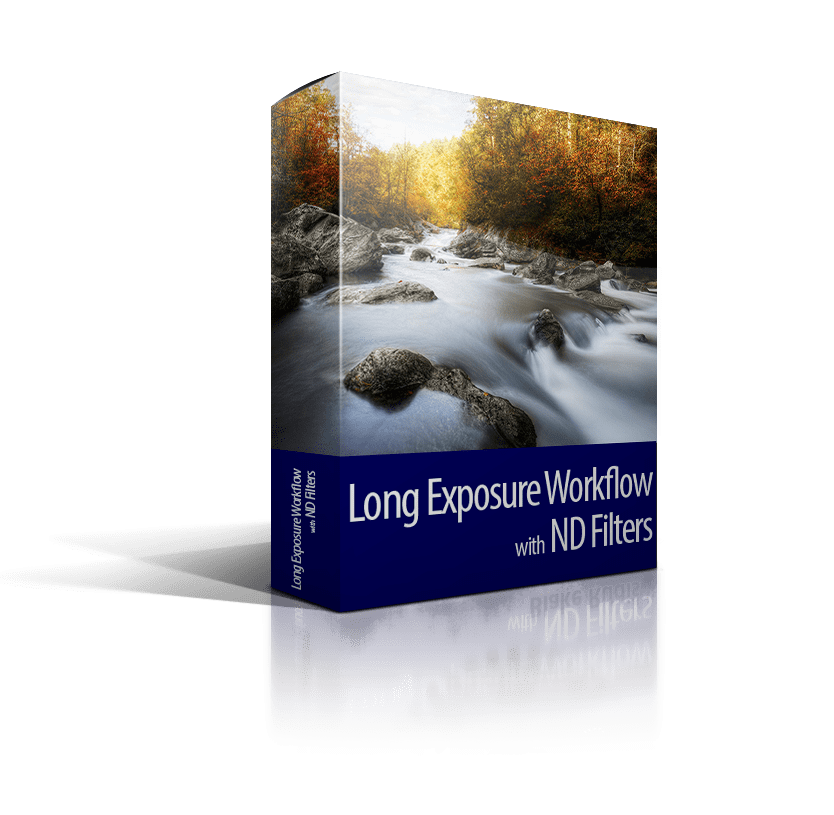A handful of tips for Long Exposure Photography
During this Facebook Live Event, I shared “5 Practical Tips for Long Exposure Photography”. I wanted to share these tips because it is very easy to convolute the process of making images with ND Filters. You have your camera, with a lens that now has a piece of welding glass on it. How on Earth are you supposed to maintain and manage a workflow for shooting Long Exposure images?
It is a lot simpler than I think we all make it out to be really and with these five tips, I am pretty positive you will be nothing but successful! Also, be sure to check out the new course on f.64 Elite “The Long Exposure Workflow with ND Filters.” It covers everything from the capture to completion! These five tips are merely the tip of the one mile deep iceberg you are about to get into!
1. Always have a shutter release or 2 or 3…
- I have one attached to my tripod
- one in my bag
- my phone
- an IR remote
2. Length of Exposure
- Calculate with ND Calculator or Print out
- Take the Exposure
- If it’s too dark, double the amount of light
- Too light, half the amount of light!
3. Expose for the Highlights
- You don’t want blown Highlights
- Expose for the Highlights
- Turn on the highlight “blinkies” on your camera during playback
- If your focal point is water or clouds and they are blown out, you’ve lost it!
4. Capture the Personality of your subject matter
- Try not to expose so long that the nature of what you are shooting is lost.
- Waterfalls should still have a bit of texture to them unless you want that long molten lava look
- Clouds look best with a slight bit of motion.
- Think in terms of layers. Maybe shoot the molten waterfall and add in some of the textured waterfall later
5. Previsualize for Post Processing
- Always consider what you will do in post prior to pressing the shutter release
- I always take a bracketed series of images to go with my long exposure pictures
- Think about the final outcome not the scene in front of you

The Long Exposure Workflow with ND Filters
Package Contains:
- 9 Videos totaling 1 hour and 45 minutes of education
- Follow Along and Practice Images included
- Over 50 pages of documentation to compliment the videos
- A Printable ND Filter Chart to calculate your exposures
- All Blake’s secrets to master the Long Exposure Workflow!









Thanks Blake for the follow up on the course.
You never mention using the self timer on the camera. That is what I use most of the time. Is that not good?
Some cameras have self-timers that go beyond 230 seconds. None of mine do so I have no experience with them. However, if I did, I’d probably use them!
I love it. Your tips are on point. I will follow them all.